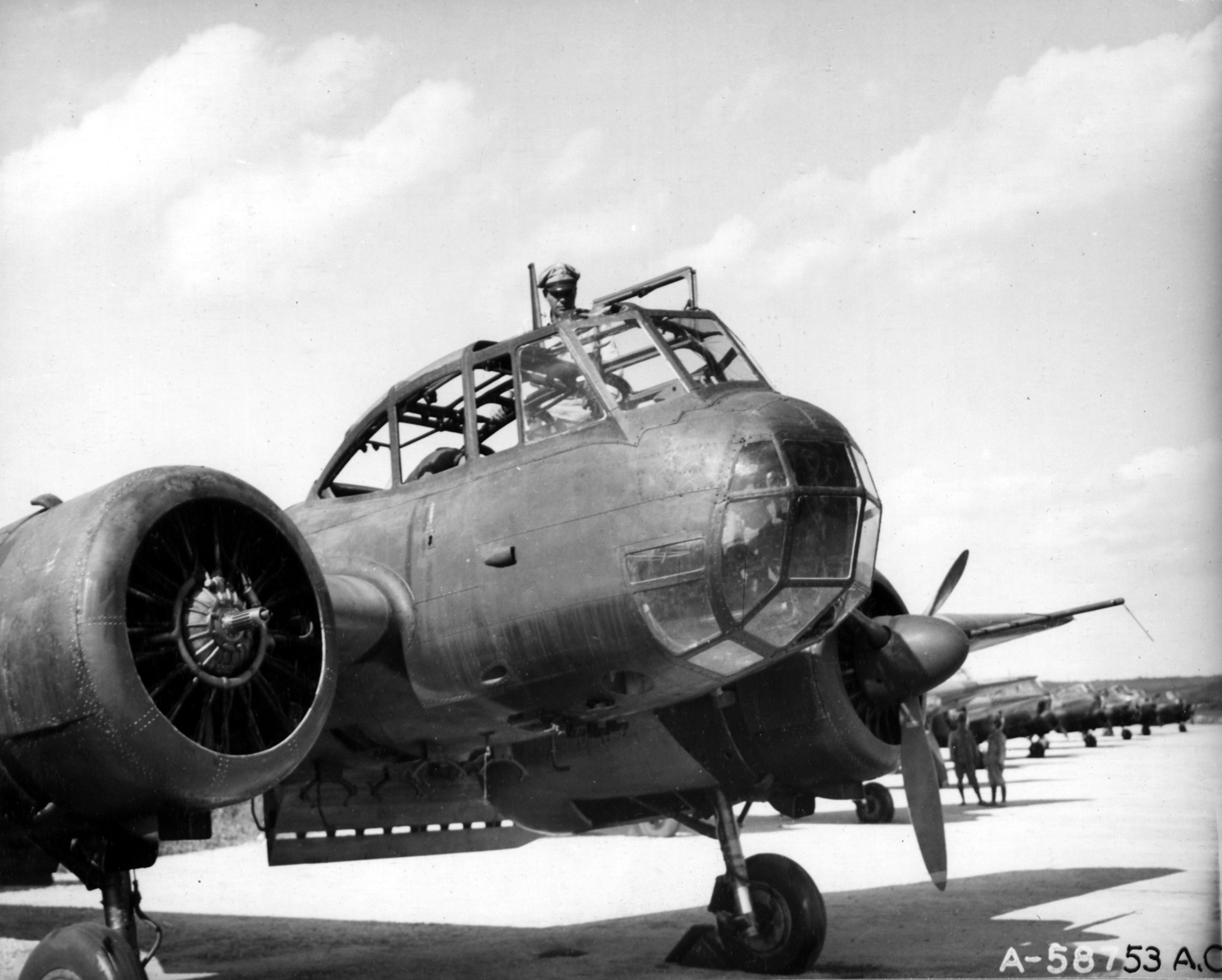KyÅŦshÅŦ Q1W on:
[Wikipedia]
[Google]
[Amazon]
The KyÅŦshÅŦ Q1W ''TÅkai'' (æąæĩ· "Eastern Sea") was a land-based,

 The Imperial Japanese Navy ordered development of the KyÅŦshÅŦ Q1W as the Navy Experimental 17-Shi Patrol Plane in September
The Imperial Japanese Navy ordered development of the KyÅŦshÅŦ Q1W as the Navy Experimental 17-Shi Patrol Plane in September
AirToAirCombat.com: Kyushu Q1W ''Tokai''
{{DEFAULTSORT:Kyushu Q1w Q1W Q1W, Kyushu Low-wing aircraft Aircraft first flown in 1943 Twin piston-engined tractor aircraft Aircraft with retractable conventional landing gear
anti-submarine
An anti-submarine weapon (ASW) is any one of a number of devices that are intended to act against a submarine and its crew, to destroy (sink) the vessel or reduce its capability as a weapon of war. In its simplest sense, an anti-submarine weapon ...
patrol bomber aircraft developed for the Imperial Japanese Navy
The Imperial Japanese Navy (IJN; KyÅŦjitai: Shinjitai: ' 'Navy of the Greater Japanese Empire', or ''Nippon Kaigun'', 'Japanese Navy') was the navy of the Empire of Japan from 1868 to 1945, Potsdam Declaration, when it was dissolved followin ...
in World War II. The Allied reporting name was Lorna. Although similar in appearance to the German Junkers Ju 88
The Junkers Ju 88 is a twin-engined multirole combat aircraft designed and produced by the German aircraft manufacturer Junkers Aircraft and Motor Works. It was used extensively during the Second World War by the ''Luftwaffe'' and became one o ...
medium bomber, the Q1W was a much smaller aircraft with significantly different design details.
Design and development

 The Imperial Japanese Navy ordered development of the KyÅŦshÅŦ Q1W as the Navy Experimental 17-Shi Patrol Plane in September
The Imperial Japanese Navy ordered development of the KyÅŦshÅŦ Q1W as the Navy Experimental 17-Shi Patrol Plane in September 1942
The Uppsala Conflict Data Program project estimates this to be the deadliest year in human history in terms of conflict deaths, placing the death toll at 4.62 million. However, the Correlates of War estimates that the prior year, 1941, was th ...
, and the first test flight took place in September 1943
Events
Below, the events of World War II have the "WWII" prefix.
January
* January 1 â WWII: The Soviet Union announces that 22 German divisions have been encircled at Stalingrad, with 175,000 killed and 137,650 captured.
* January 4 â ...
. It entered service in January 1945
1945 marked the end of World War II, the fall of Nazi Germany, and the Empire of Japan. It is also the year concentration camps were liberated and the only year in which atomic weapons have been used in combat.
Events
World War II will be ...
. The Q1W carried two, low-power engines, allowing for long periods of low-speed flight.
In same period, KyÅŦshÅŦ built the K11W1 Shiragiku, a bomber training plane (also used in Kamikaze
, officially , were a part of the Japanese Special Attack Units of military aviators who flew suicide attacks for the Empire of Japan against Allied naval vessels in the closing stages of the Pacific campaign of World War II, intending to d ...
strikes) and the Q3W1 Nankai (''South Sea''), a specialized antisubmarine version of the K11W. The latter was of all-wood construction and was destroyed during a landing accident on its first flight.
Another specific anti-submarine airplane was the Mitsubishi Q2M
The Mitsubishi Q2M "''Tai'yÅ''" (åĪ§æī, ''Great Sea'') design was derived from the Mitsubishi Ki-67-I ''HiryÅŦ'' ("Peggy") heavy/torpedo bomber
A torpedo bomber is a military aircraft designed primarily to attack ships with aerial torped ...
1 "TaiyÅ", which was derived from Mitsubishi Ki-67
The Mitsubishi Ki-67 ''HiryÅŦ'' (éĢéū, "Flying Dragon"; Allied World War II Allied names for Japanese aircraft, reporting name "Peggy") was a twin-engine bomber produced by Mitsubishi Aircraft Company and used by the Imperial Japanese Army Air S ...
HiryÅŦ "Peggy" torpedo-bomber, but this did not progress beyond the preliminary design stage.
Variants
* Q1W1: one prototype. * Q1W1 ''Tokai'' Model 11: main production model. * Q1W2 ''Tokai'' Model 21: version with tail surfaces in wood, built in small numbers. * Q1W1-K Tokai-Ren (''Eastern Sea-Trainer''): trainer with capacity for four, all-wood construction. One prototype built.Specifications (Q1W1)
See also
Footnotes
Bibliography
*External links
AirToAirCombat.com: Kyushu Q1W ''Tokai''
{{DEFAULTSORT:Kyushu Q1w Q1W Q1W, Kyushu Low-wing aircraft Aircraft first flown in 1943 Twin piston-engined tractor aircraft Aircraft with retractable conventional landing gear